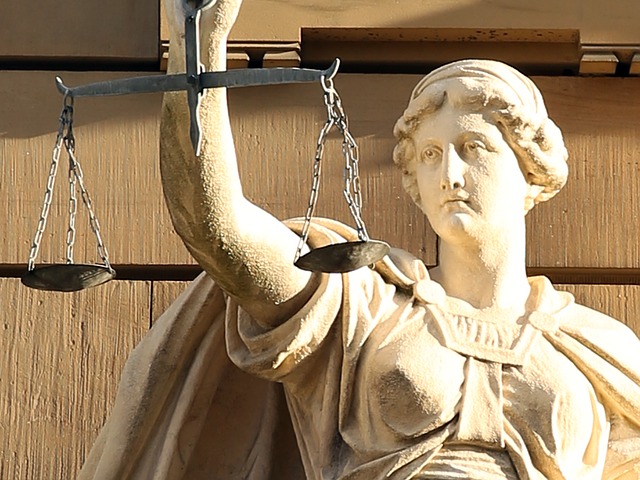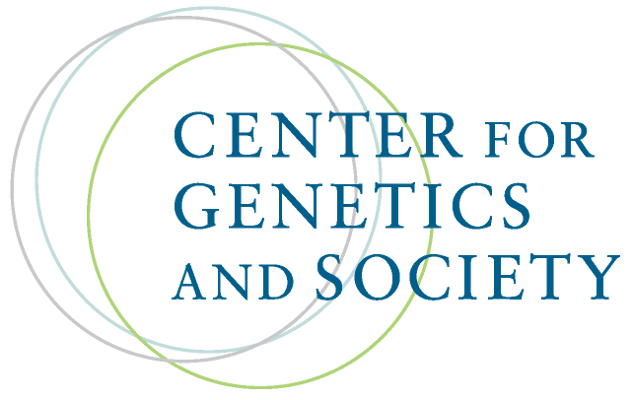Mitochondrial replacement techniques and Mexico
By César Palacios-González and María de Jesús Medina-Arellano,
Oxford University Press
| 03. 24. 2017
The birth of the the first child after a mitochondrial replacement technique has raised questions about the legality of such procedure. In this post we explore some of the legal issues surrounding this case.
Mitochondria are cellular organelles that generate the energy cells need to work properly. Two interesting features of mitochondria are that they are solely inherited via the maternal line and that they possess their own DNA. This means that in human cells there is the nuclear DNA and mitochondrial DNA. Mitochondrial DNA, with its 37 genes, accounts for 0.1% of the total human DNA. Disorders caused by mitochondria not working properly have been named ‘mitochondrial diseases’. Mitochondrial diseases, as stated by the Nuffield Council on Bioethics, “can be caused by either problems in the genes in the nucleus affecting mitochondrial function, or by problems in genes within the mitochondria themselves”.
Scientists have recently devised two techniques that would allow women affected by mitochondrial DNA diseases to have genetically related children free from disease. These techniques have been called mitochondrial replacement technique (MRTs), although some...
Related Articles
By Katherine Long, Ben Foldy, and Lingling Wei, The Wall Street Journal | 12.13.2025
Inside a closed Los Angeles courtroom, something wasn’t right.
Clerks working for family court Judge Amy Pellman were reviewing routine surrogacy petitions when they spotted an unusual pattern: the same name, again and again.
A Chinese billionaire was seeking parental...
By Sarah A. Topol, The New York Times Magazine | 12.14.2025
The women in House 3 rarely had a chance to speak to the women in House 5, but when they did, the things they heard scared them. They didn’t actually know where House 5 was, only that it was huge...
By Frankie Fattorini, Pharmaceutical Technology | 12.02.2025
Próspera, a charter city on Roatán island in Honduras, hosts two biotechs working to combat ageing through gene therapy, as the organisation behind the city advertises its “flexible” regulatory jurisdiction to attract more developers.
In 2021, Minicircle set up a...
By Vardit Ravitsky, The Hastings Center | 12.04.2025
Embryo testing is advancing fast—but how far is too far? How and where do we draw the line between preventing disease and selecting for “desirable” traits? What are the ethical implications for parents, children, clinicians, and society at large? These...




